|
I love original garments. I love fashion plates. I love reproducing the garments in them. I love patterns pulled from extant garments. I don't love ending up with the exact same garment as everyone else who made the pattern. My solution to the is problem is having a standard set of patterns that I know fit me and pulling pieces of different patterns to create different looks.
My current project is a Federal Era redingote/pelisse. I cut it out last year for the Treat of Ghent event in Camden, SC. I was then told by a well meaning friend that American women didn't wear them. I reached out to several friends in the museum field and we came to the conclusion that American women did in fact wear coats. There is a late 18 teens pelisse in the Agreeable Tyrant exhibit attributed to a Michigan woman. There is also a pelisse in the collection of the Charleston Museum. These coats were enough for me to determine that it was in fact OK for me to proceed with my pelisse. Looking through fashion plates and extant coats I decided to use a gold silk faille that I had been holding on to for years. Not my color, but extremely fashionable for Regency or Federal Era clothing. As far as style, I wanted something for late teens. I liked the renaissance style puffed sleeves on the Agreeable Tyrant pelisse. I also have a fashion plate in my collection that shows a coat in the same color, but with a crazy lining. I would have recreated the fashion plate if I could only find a silk print like the plates. I decided to settle for a gold pelisse similar in style to the two coats combined. Oh, but where to find the pattern? I had pattern 216 by Fig Leaf Patterns which almost exactly like the bodice of the Agreeable Tyrant pelisse. I decided that was the perfect place to start. Now on to the skirts! I could draft them myself, but why reinvent the wheel? I pulled out pattern 220 also by Fig Leaf Patterns to make the skirts. I used the pattern last year to make a ball gown and I liked the gored skirt which was roomy, but flat across the front (avoiding the everyone looks like they are expecting in Regency gowns look). I cut the front panels individually rather than on the fold like the pattern suggests to create the two front panels. Now here is where the coat turns into a fantasy garment. I was watching the Witcher (yes, I am a science-fiction/fantasy goofball) and loved the fur trim on Yennifer's coat. I remembered I had an old 1970's fur coat that was falling apart that she thought I could use for something rather than throw it away. I did go back to the originals and fashion plates rather than go completely off of the deep end. I found several fur trimmed pelisses in my own fashion plate collection and a fur trimmed extant in Napoleon Empire of Fashion by Cristina Barreto. (Here is the back view. I couldn't find the front view in a shareable link. ) I decided to do a fur collar, a small fur cuff, fur down the front, and around the hem. The old coat would amply supply all of this with some remaining left over for future use.
2 Comments
Mandy and I got together today to work on bonnets. While she was here, I decided to pull out a couple of original bonnets that she hadn't seen yet. During our examination, we discussed our decision to move from single layer to double layer buckram forms. We pulled out the handy dandy microscope and compared single layer (left), double layer (center), and extant (right) buckram. The differences in the weave and density are rather obvious in the photographs. The double layer is significantly better creating a studier form. (Don't worry mid-19th century folks! Our brims for 1855-1865 are made of stiff cotton netting. Just the crowns are buckram.)
When looking at 1850's and 1860's reproduction bonnets, there is one little detail that living historians often miss: The Cap. The cap is a frill of netting or lace around the face seen in 1850's and 1860's bonnets which was a replacement of separate caps. Unfortunately, trimmings including caps have been removed from many extant bonnets making the cap seem like a little skippable detail. However, looking at antique photographs will show caps as almost universal on bonnets making them and important detail present on quality reproduction bonnets.
In this digital age many people ask me, why I collect originals rather than just viewing online. Looking at online museums, eBay, Etsy, and countless others, there seem to be endless images of antique photographs and original garments to examine. In the case of original photographs, one of the reasons is resolution. Ambrotypes, daguerreotypes, and tintypes contain a level of detail that is absolutely mind blowing. For example, this 1850's ambrotype is approximately two by three inches in size. A scan of the image allows me to look at the individual flowers in the bonnet and details in the cap that wouldn't be recognizable at the original size. Looking at the ties, one can see that they aren't hemmed, cut rather messily, have a picot edge, and are even a bit wrinkled.
When I started participating in living history, I always thought I will never do the 1820s. The twenties are too crazy. Then I took a closer look. Now, the 1820s is probably my favorite decade. Elaborate trimmings, wide bonnets at flirty angles, and oh the hair!!! If you are looking forward to 1820s 200th anniversary events, we are here to help. Last year, we released our Sophia pattern offering multiple brim options to span the 1820s. Additionally, our new and improved 1820's fashion plate book has 79 fashion plates spanning the decade to help you perfect your historic impression!
Many of you have been to my workshops on preparing feathers. I also offer prepared feathers at events, but never on the website. Well they are here. Each feather is individually curled, sewn into a bunch, and then curled again. These feather bunches add a level of sophistication and luxuriousness not often seen in historic reproductions.
In preparation for the Treaty of Ghent event in Camden, South Carolina, I decided to make a batch of Federal Era Toques. These little puffy confections can dress up a winter coat and are even appropriate to wear in the ballroom. The best part of these darlings is they are an affordable way to dress up your impression or show off some delicious millinery trimmings.
|
AuthorUsually Dannielle, sometimes Mandy Archives
January 2021
Categories |
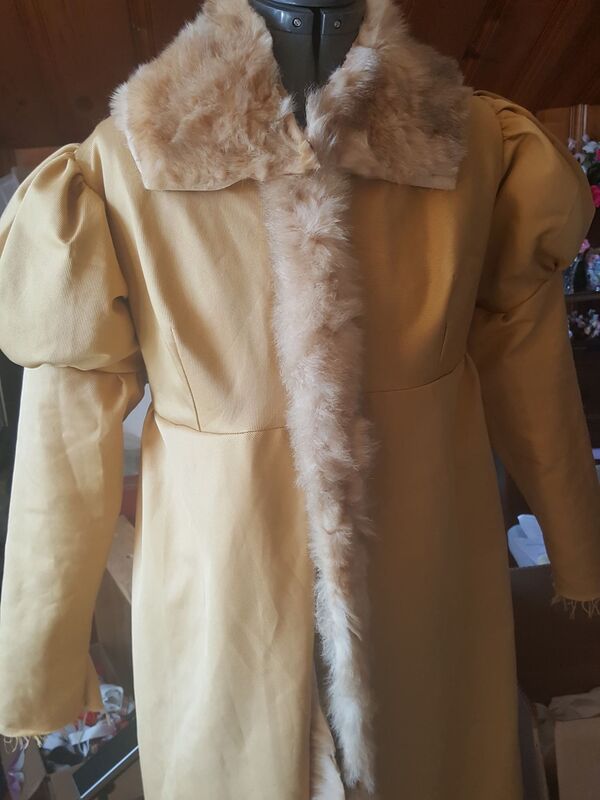
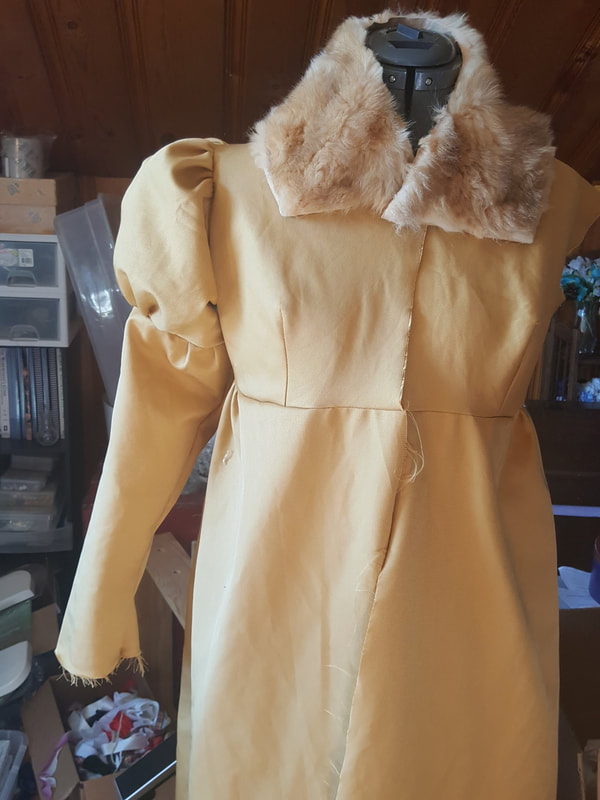
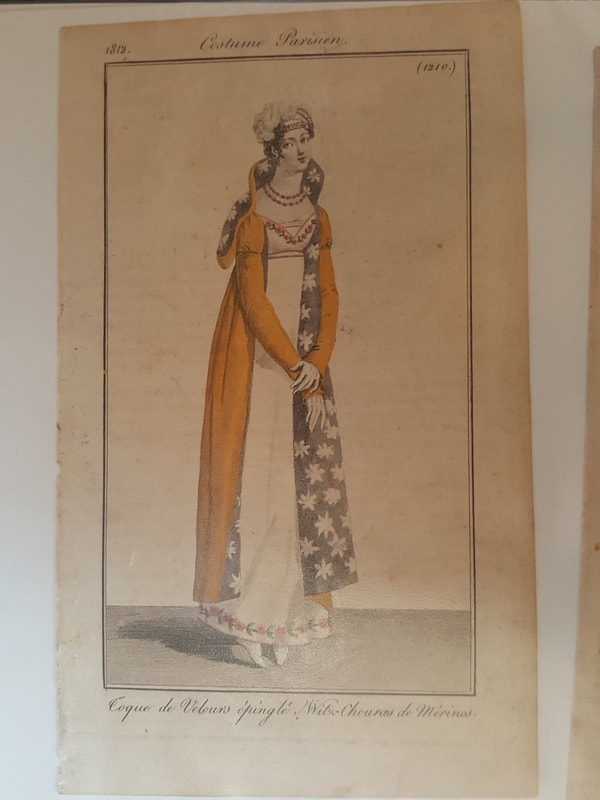
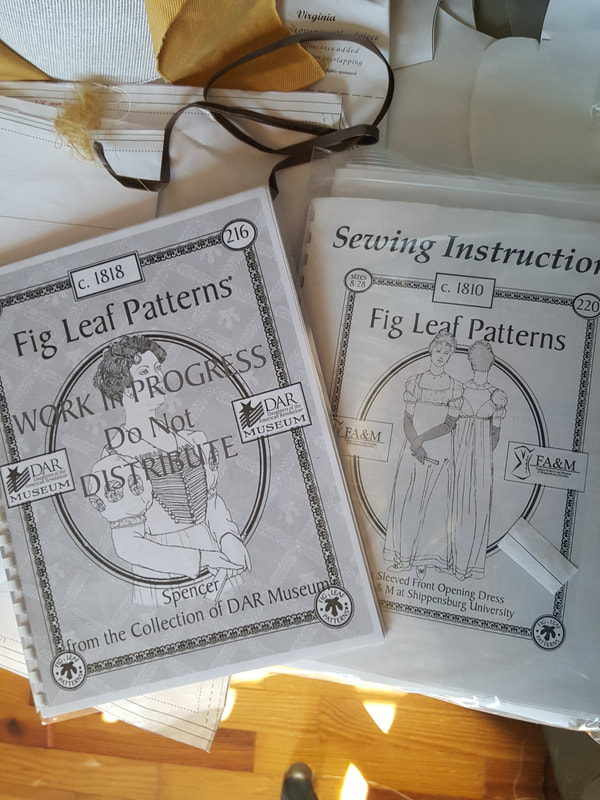
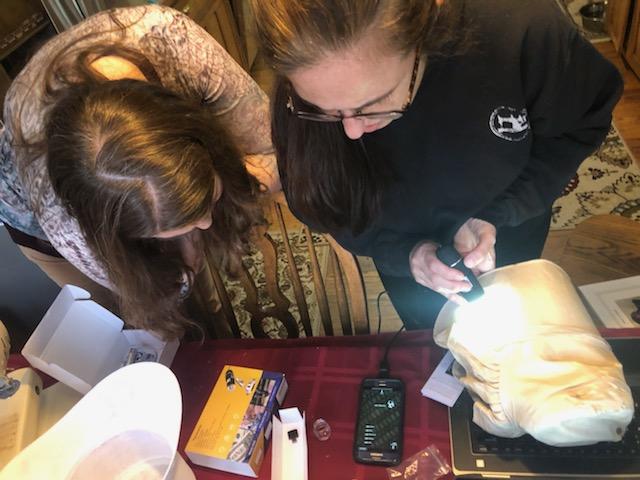
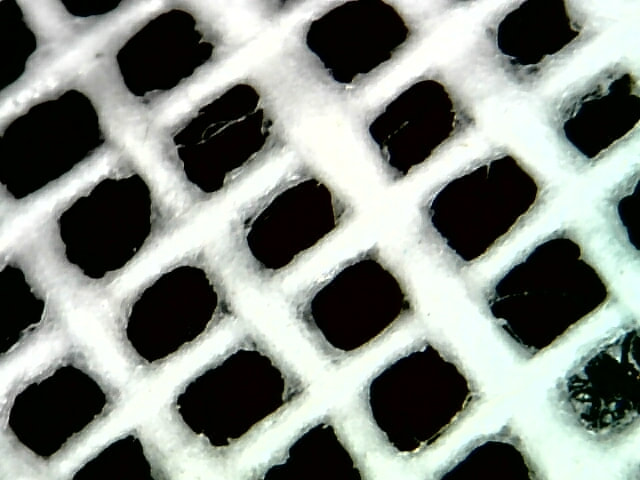
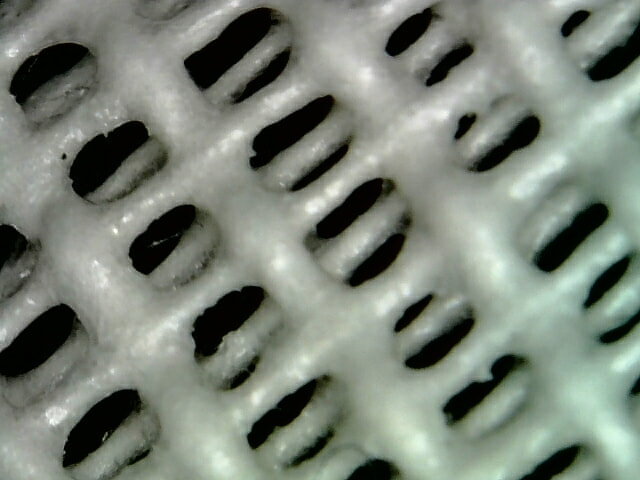
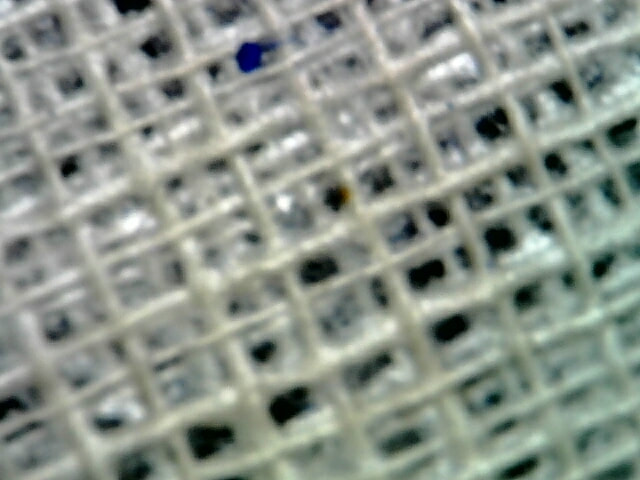
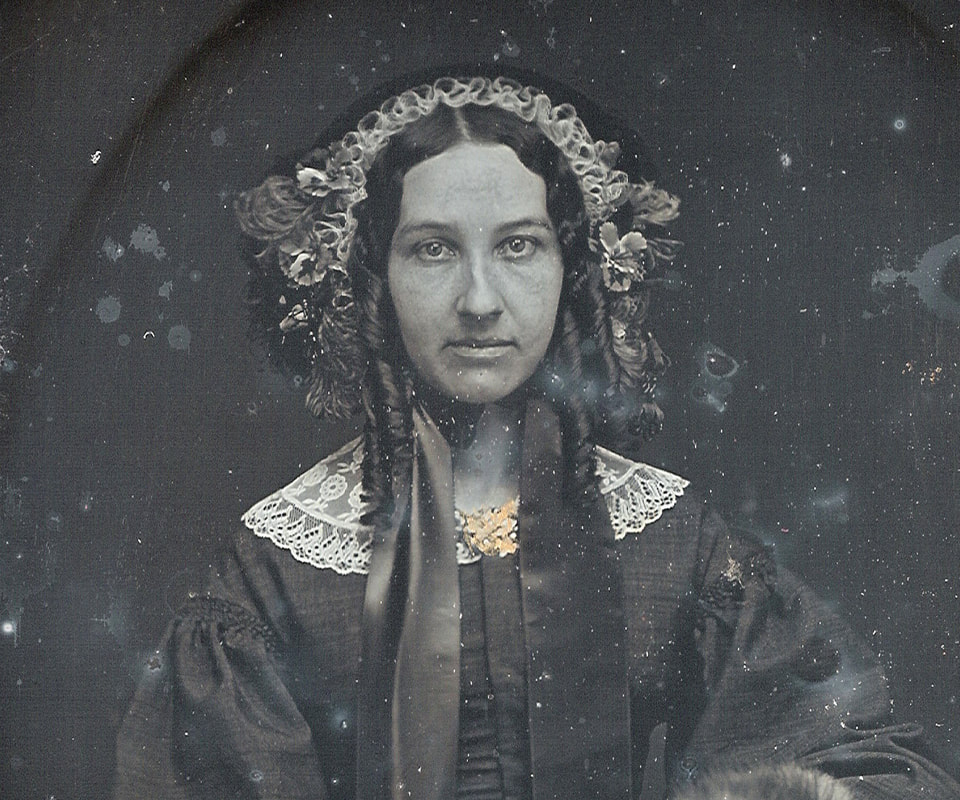
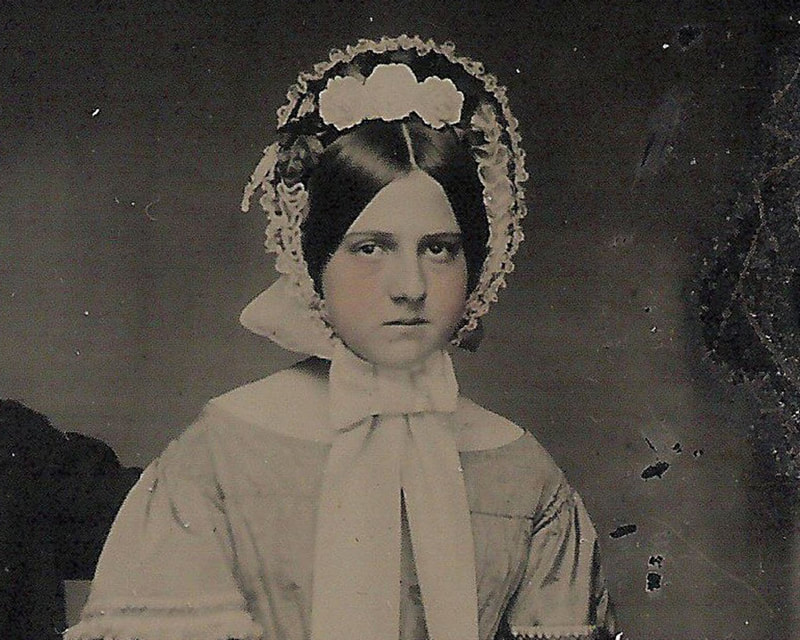
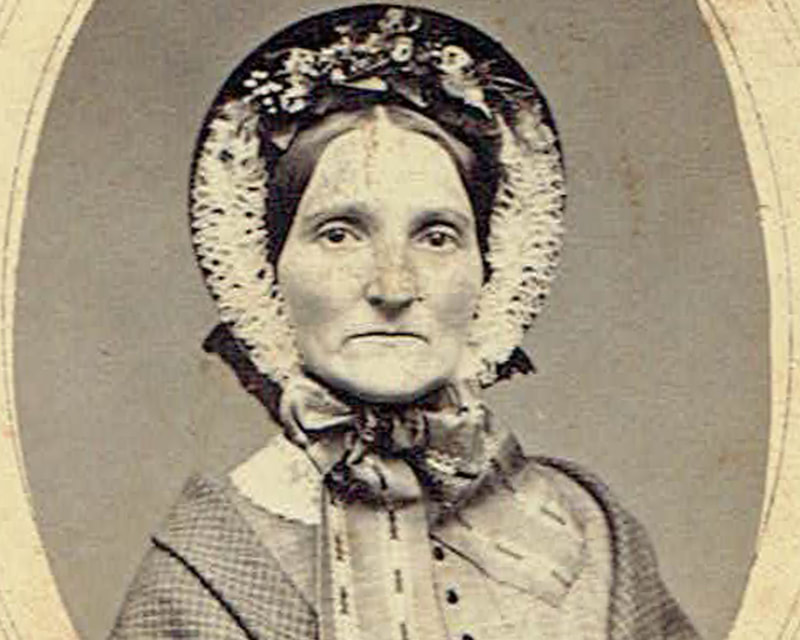
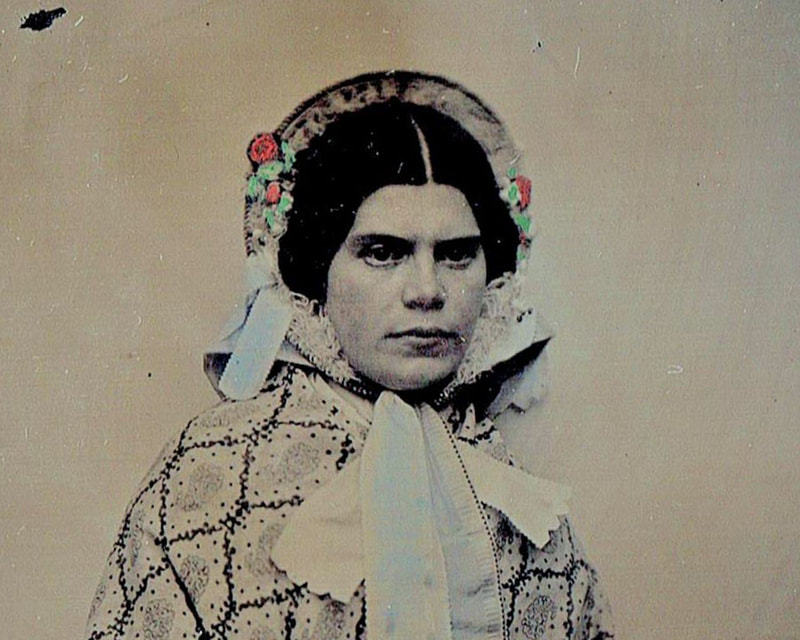
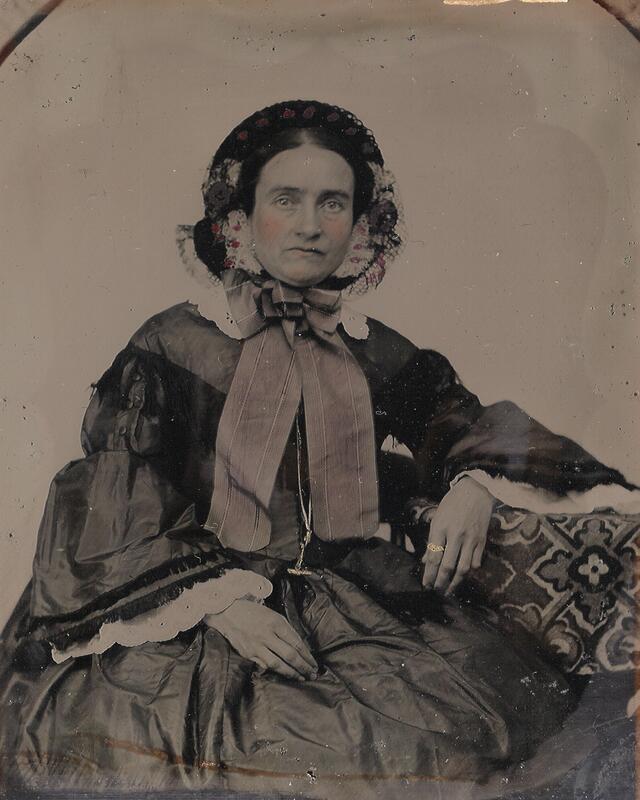
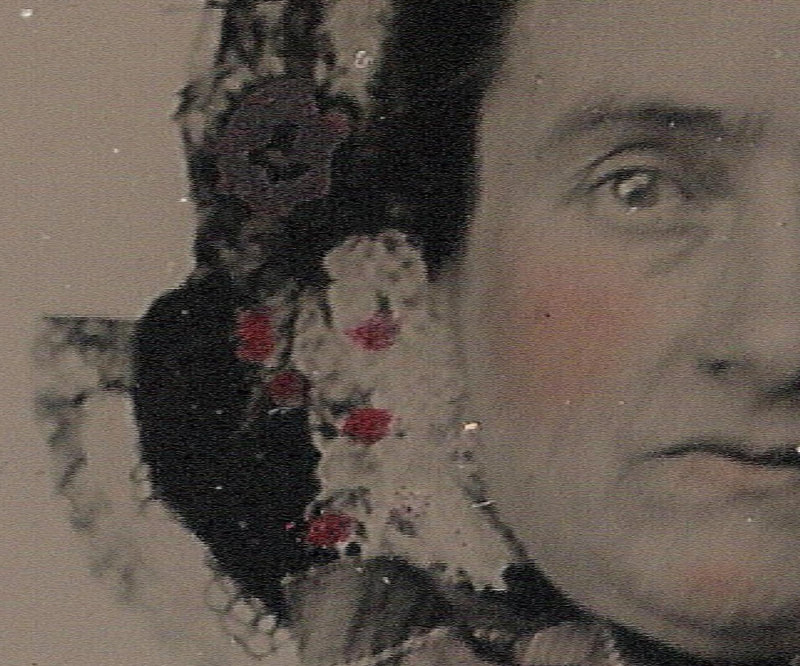
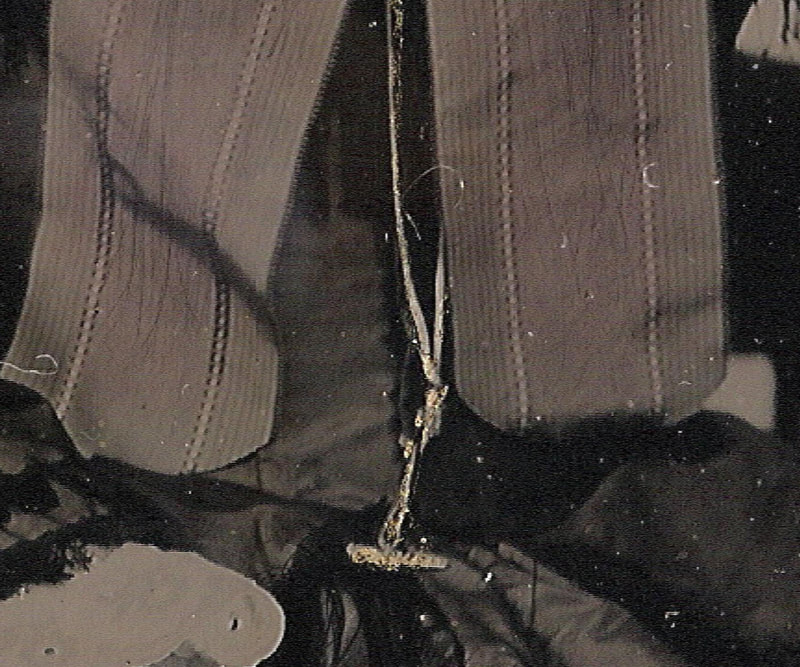
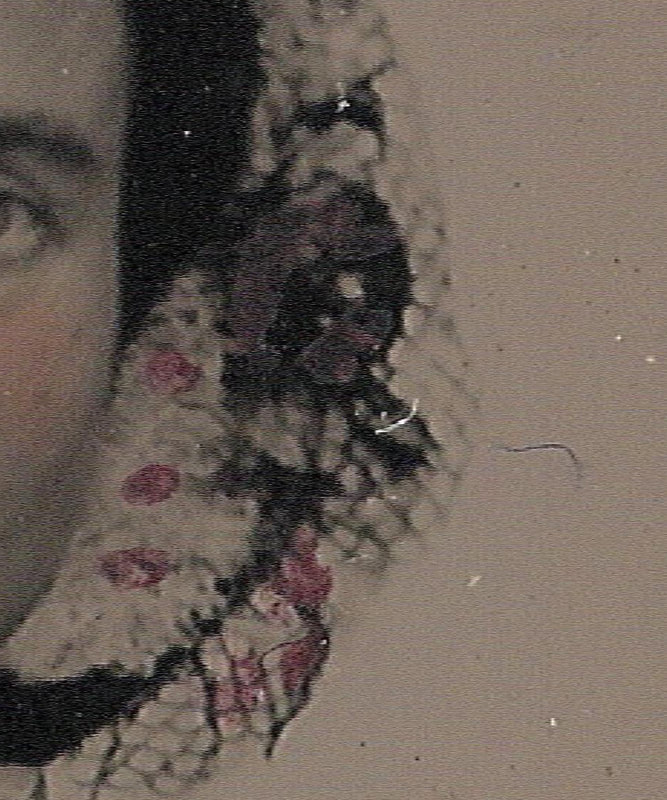
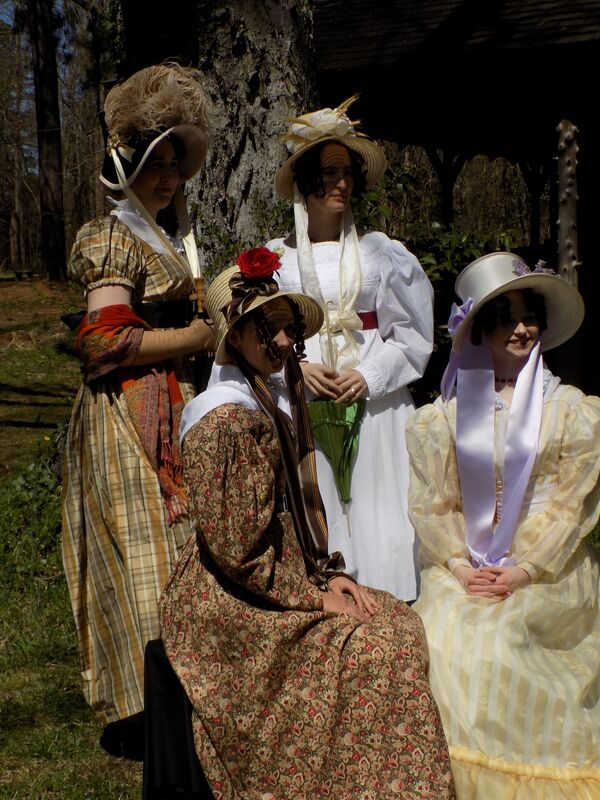
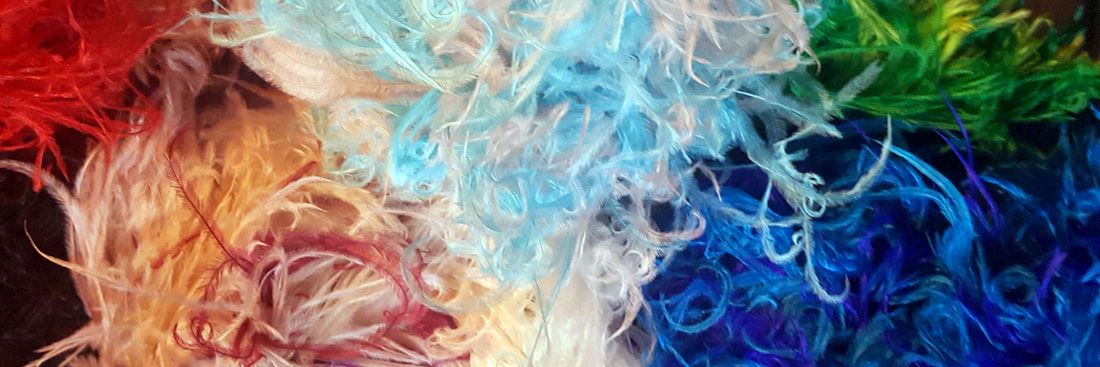
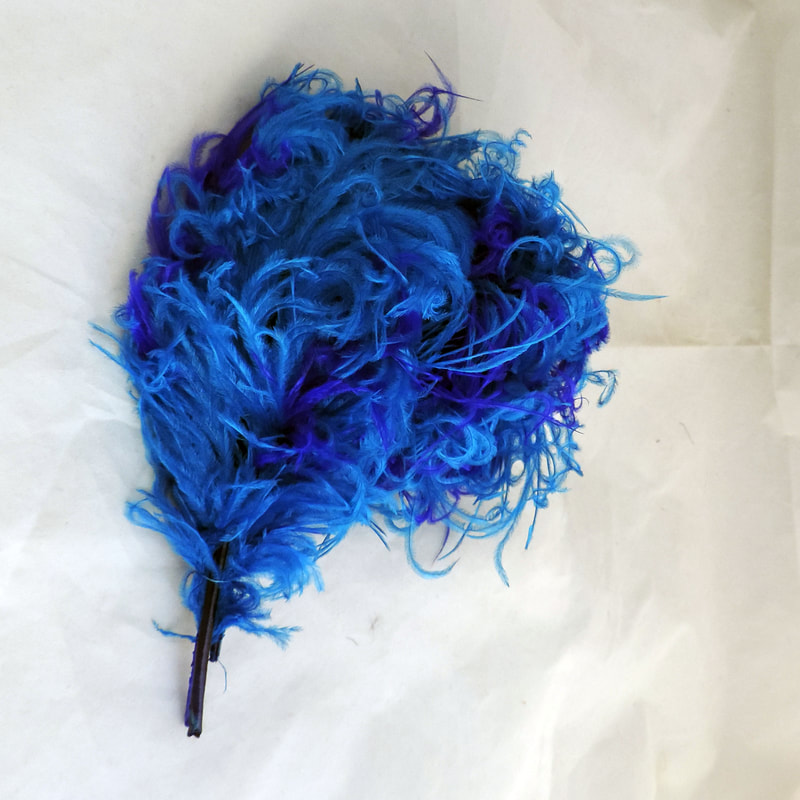
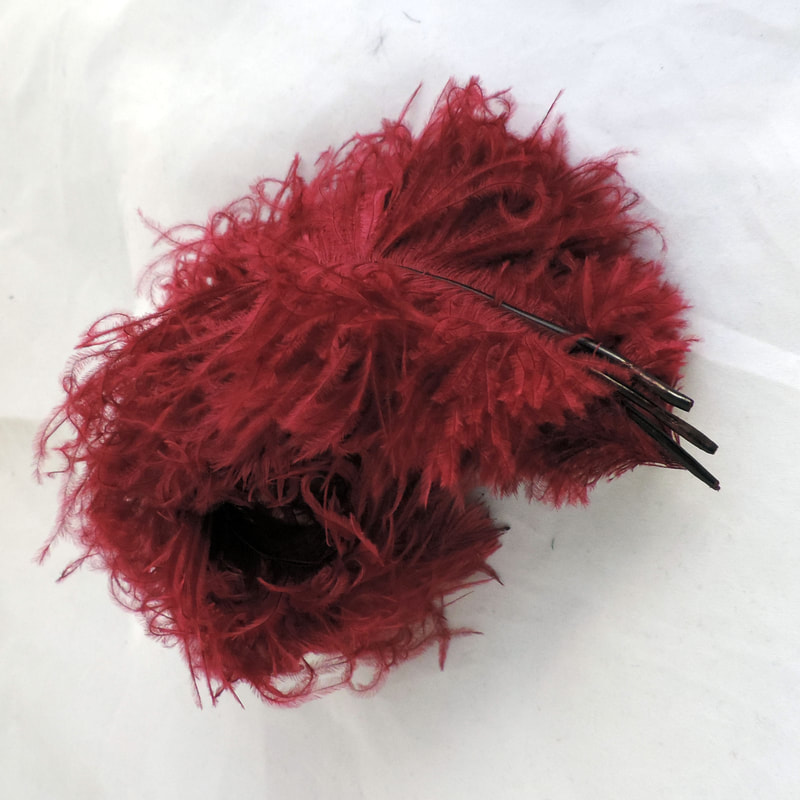
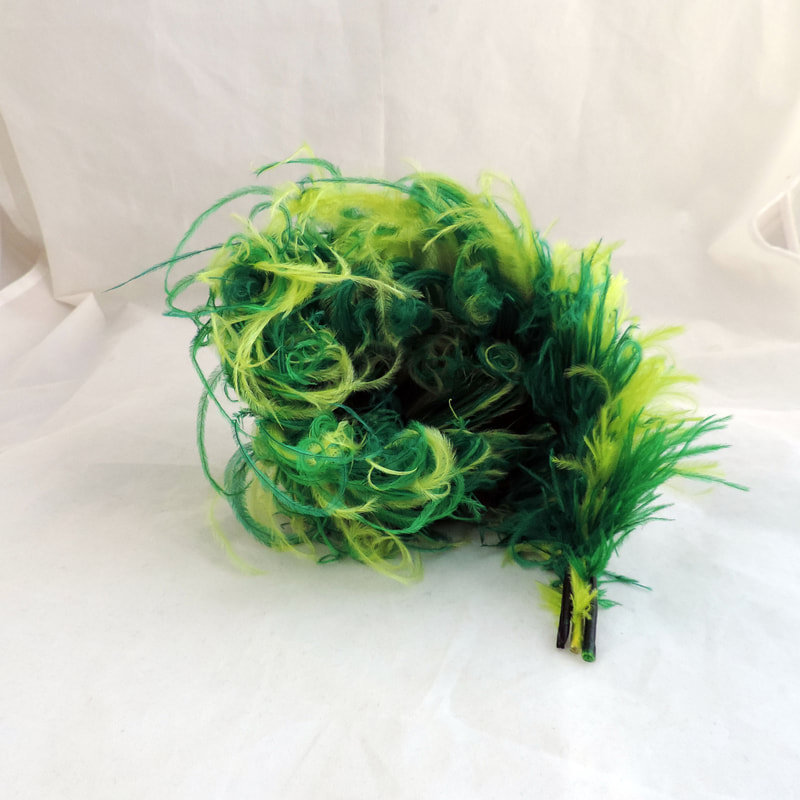
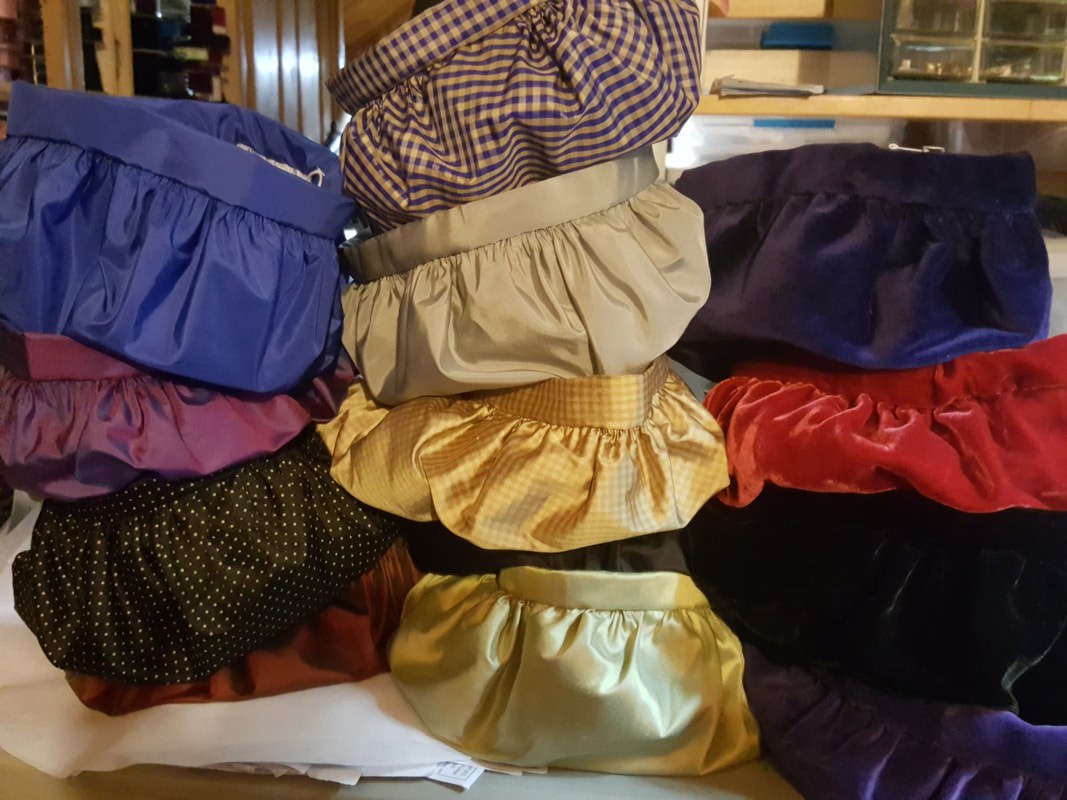
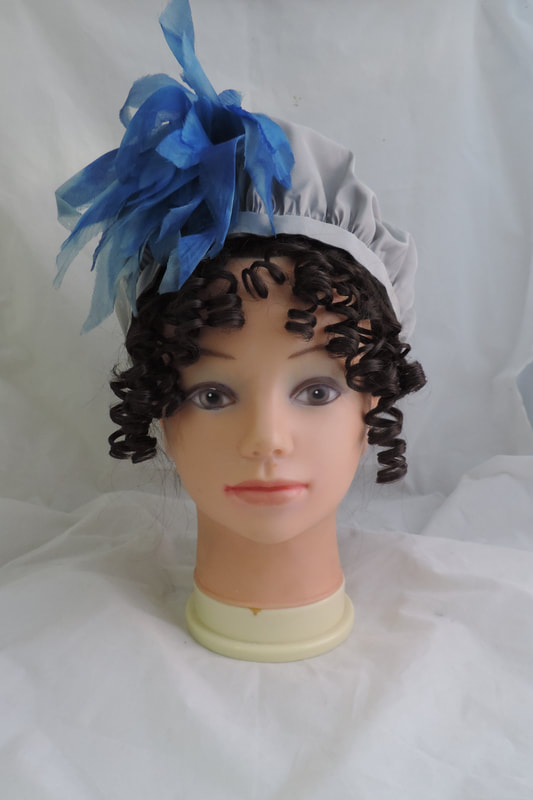
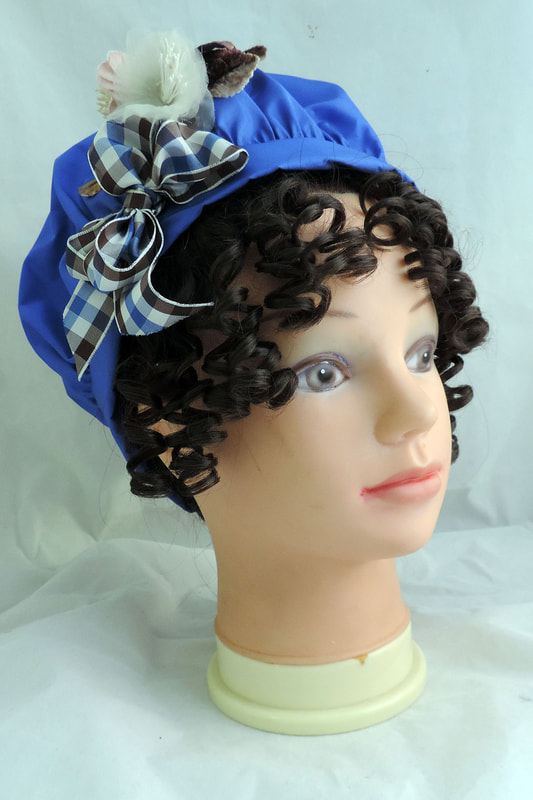
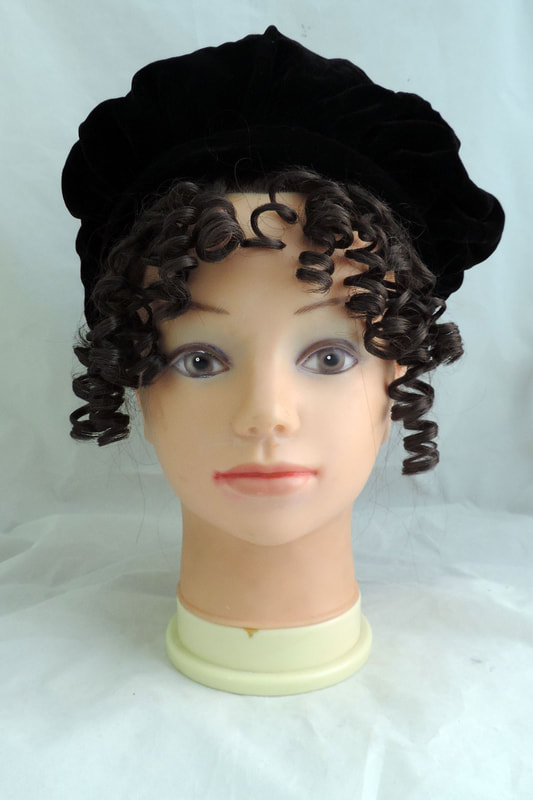

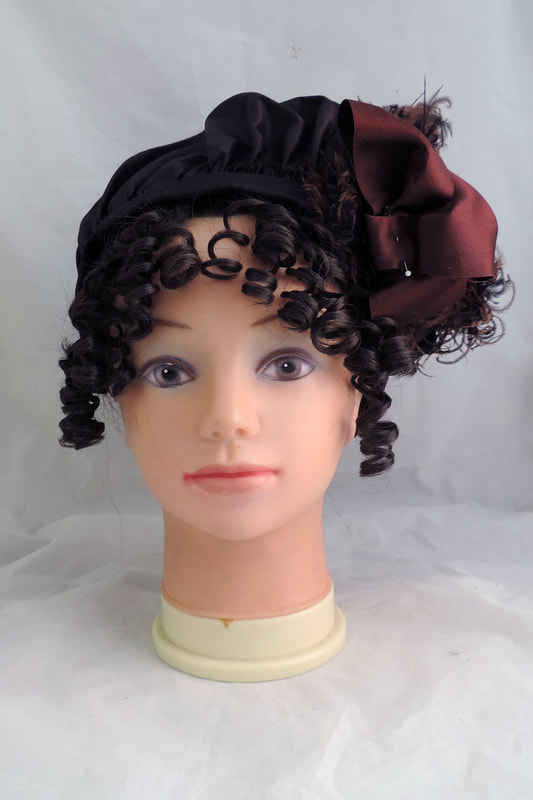
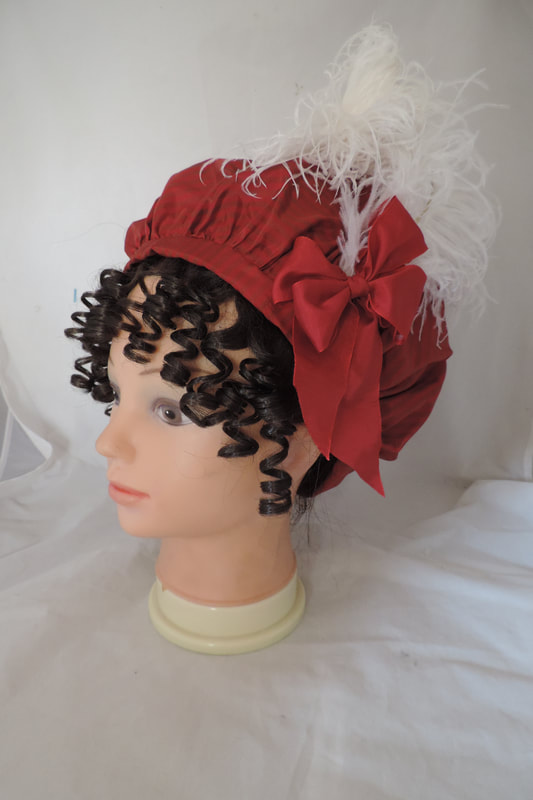
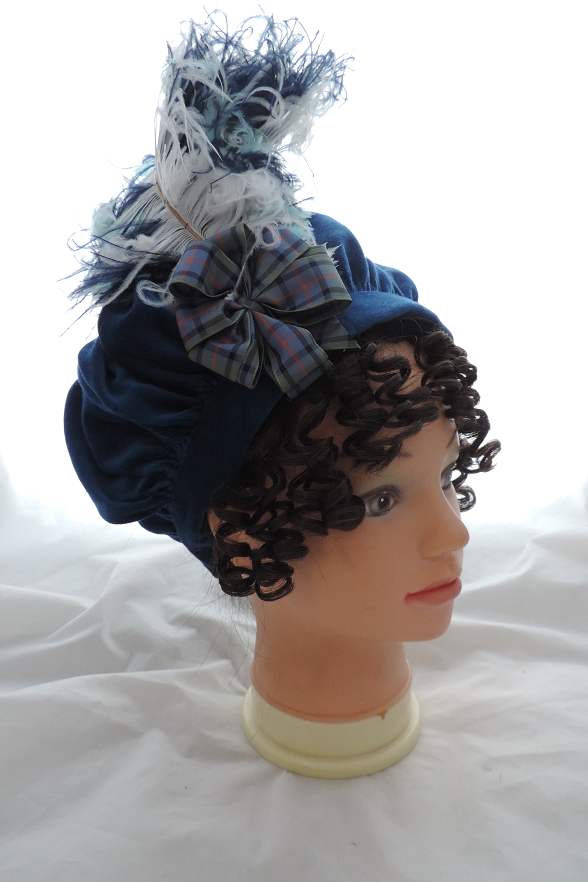
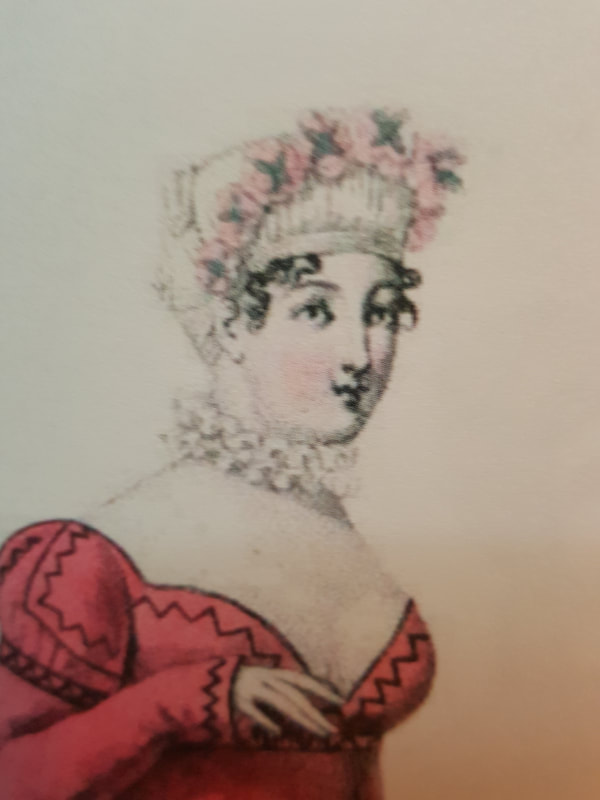
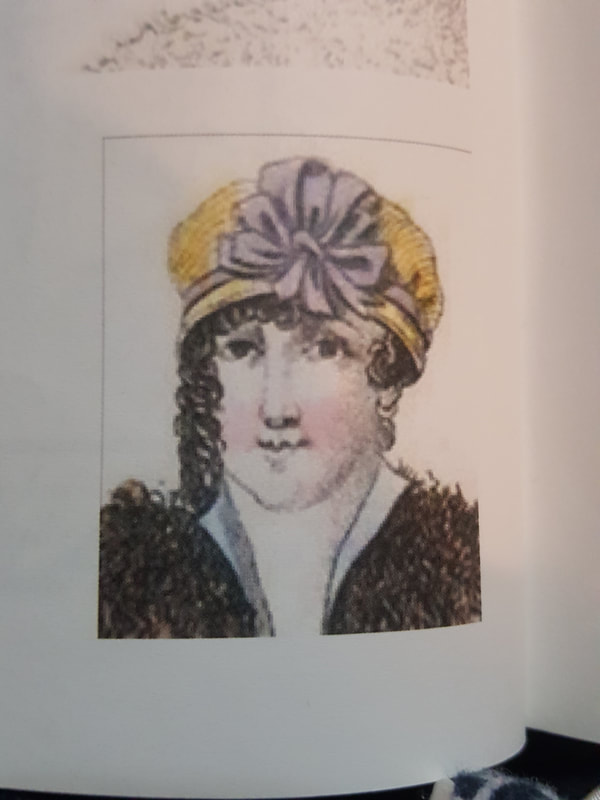
 RSS Feed
RSS Feed